In the heart of central Portugal, Viseu might be the country’s best-kept secret – a pretty garden city filled with fountains, leafy parks and cobbled hills lined with noble houses. Its historic centre is a mini-maze of flagstone streets that twist around ancient churches, art-filled museums and traditional shops that still glow with neon signs from another era.
At its heart stands the 12th-century Sé Cathedral, but dig beneath the surface and you’ll find Viseu’s story runs even deeper, with archaeological finds showing the area was settled long before Roman times. Today, it remains an authentic and ungentrified Portuguese city where you can stroll through lush green spaces, sip local Dão wines, and taste regional dishes in family-run taverns.
I’ve visited a couple of times and recently spent just over a day exploring and eating my way through the city. Here’s how to spend 24 hours in Viseu, with everything I genuinely recommend seeing, doing and tasting.
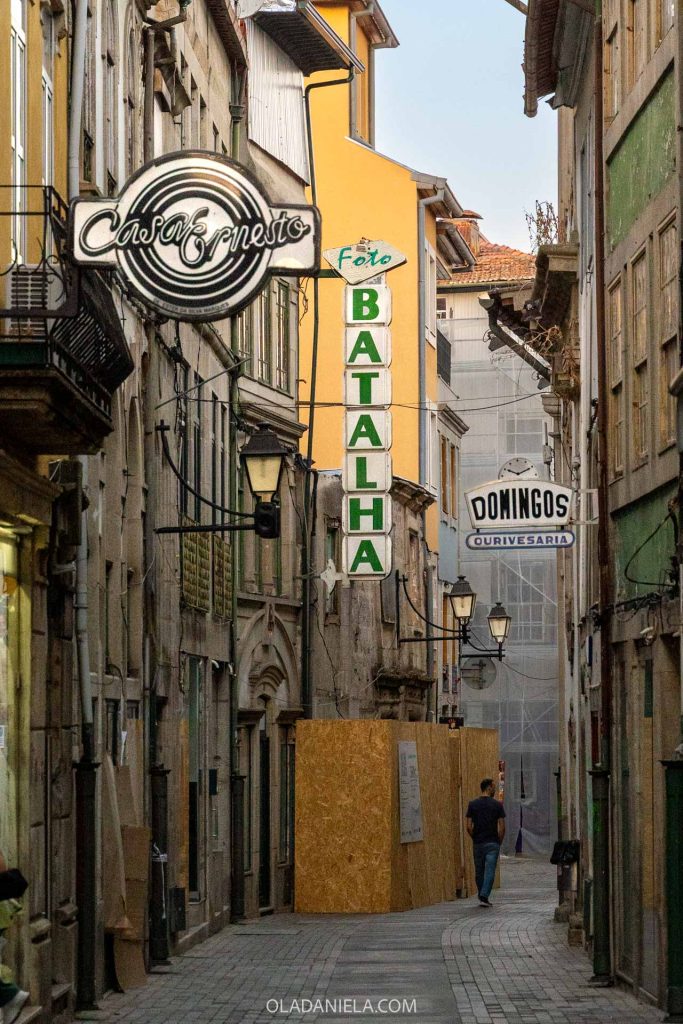
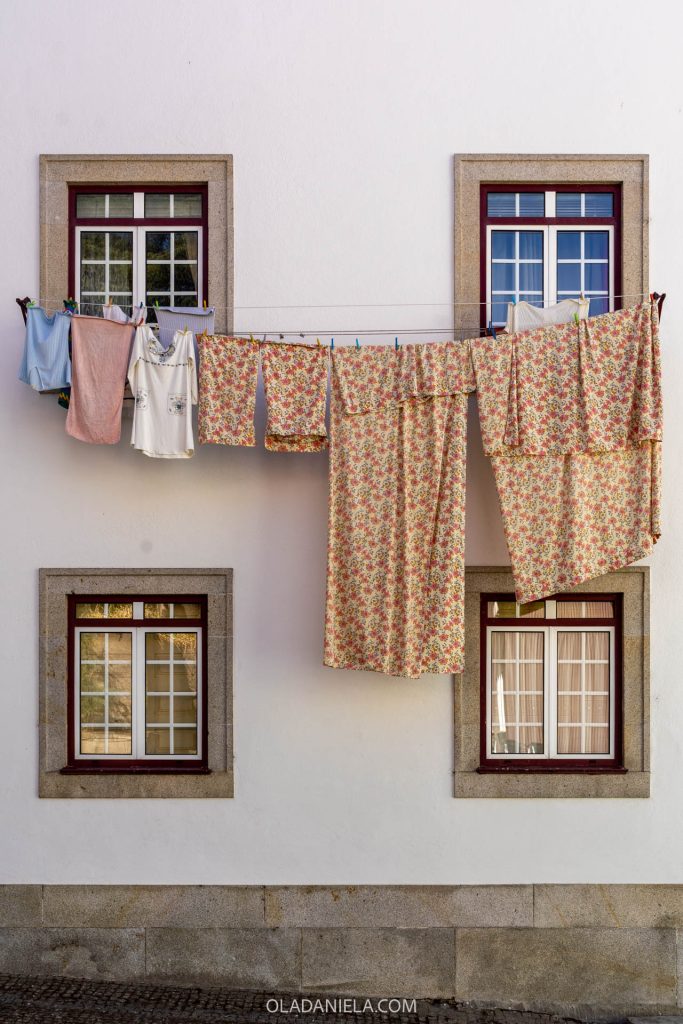
How to pronounce Viseu: Don’t be the tourist yelling VEE-ZOO! It’s more like three syllables – veh-ZEE-ew. Now say it in a fast mumble. Unless there’s an accent, Portuguese words put the emphasis on the second-last vowel.
Contents
ToggleBreakfast – eat a viriato
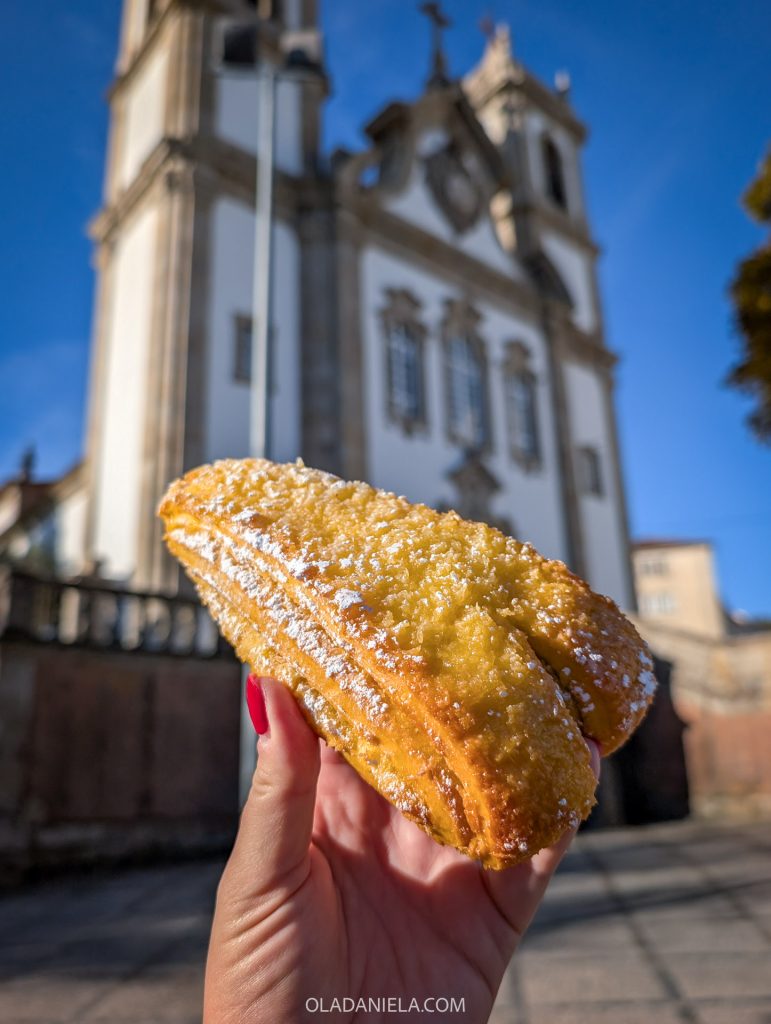
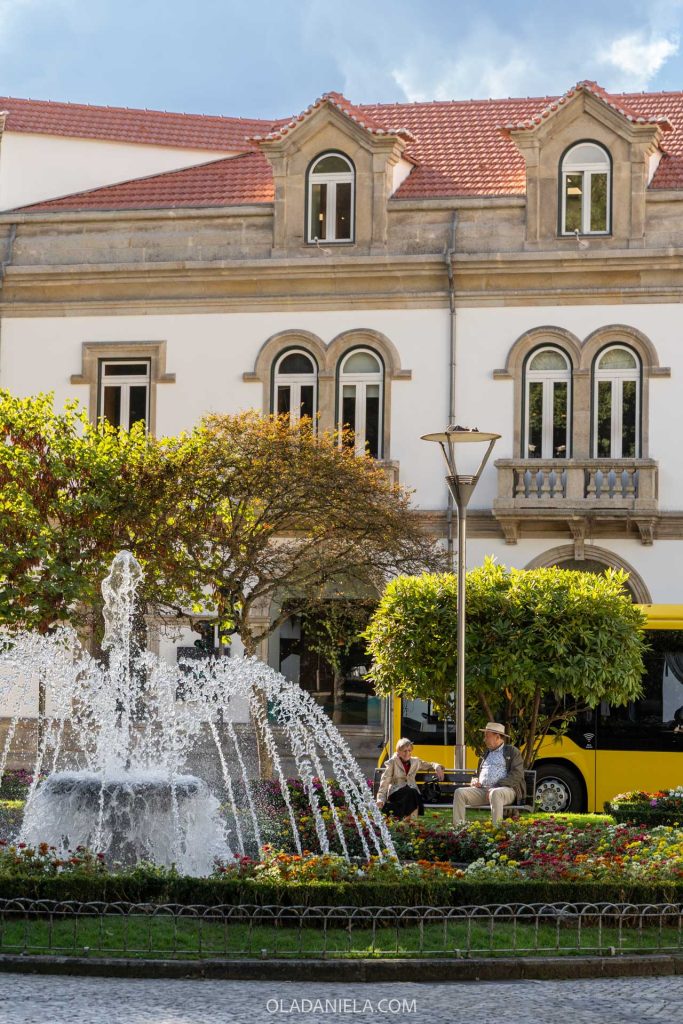
Every ancient city has its stories and legends, and Viseu has Viriato, a legendary warrior from the 2nd century BC. Naturally, there’s a sweet named after this mythical hero. It’s essentially a V-shaped pão de deus with egg-cream layers – thin layers of brioche dough layered with that egg yolk cream and topped with a sweet coconut crust.
You can try the original, invented in 1995 at Confeitaria do Amaral. I got mine at Rustica Sourdough Bakery, where I picked up a loaf of slow-fermented bread as well and took it to chill by a fountain.
Morning – visit the mammoth cathedral & Museu Nacional Grão Vasco
Kick off this Viseu itinerary at the top of the hill in Cathedral Square (Largo da Sé Catedral de Viseu), where you’ll find the imposing Viseu Cathedral sitting opposite the beautiful Igreja da Misericórdia church. This is the heart of Viseu, a city with more than 2,500 years of history.
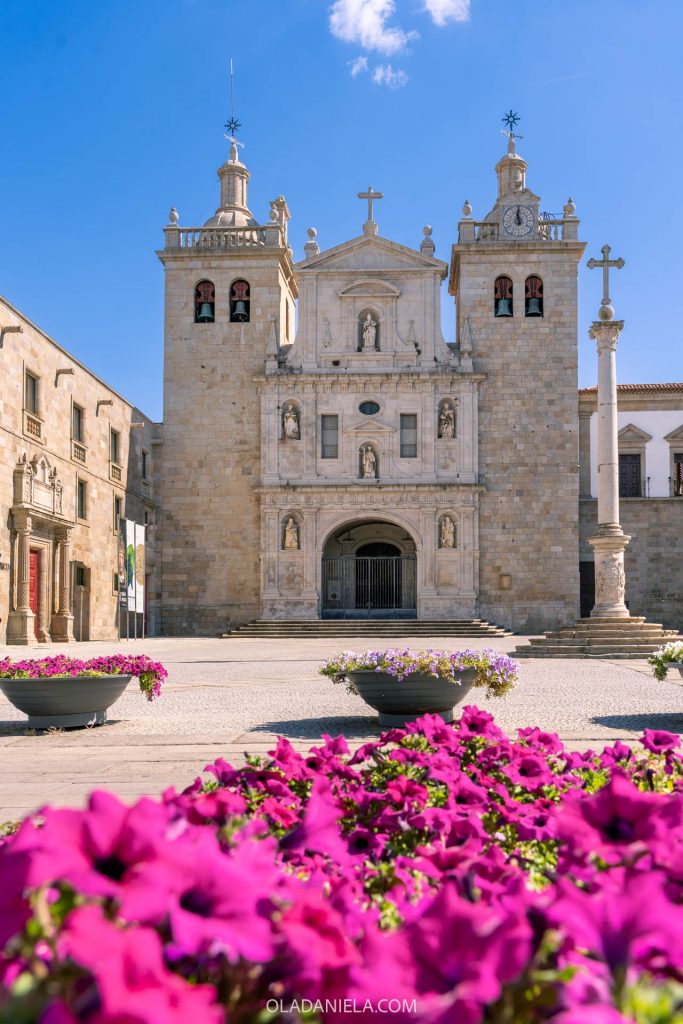
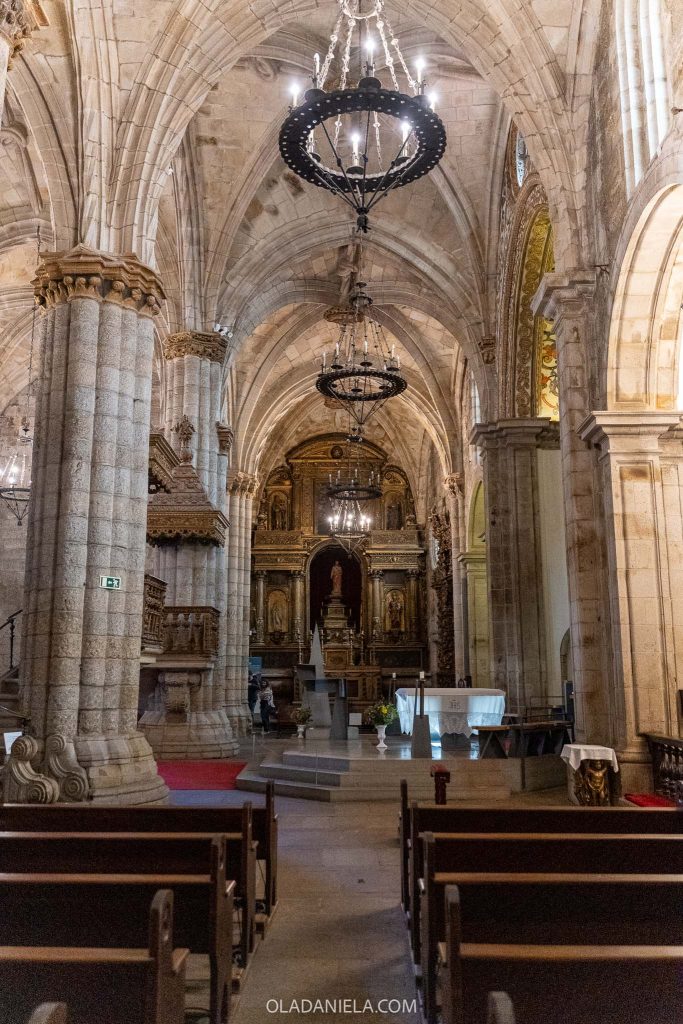
Erected during the reign of the first king of Portugal, King Afonso Henriques (1139-1185), the mammoth stone cathedral is a blend of Manueline, Renaissance and Mannerist architecture. Step inside for a quick look around the dark and moody interior and the lower level of the cloisters. Don’t miss the 18th-century choir stalls, made from Brazilian jacaranda wood, or the painted azulejos that line the cloister, telling stories of the life of Viseu’s patron saint, São Teotónio. For a small entry fee, you can visit the cathedral’s Treasures Museum (filled with sacred art and religious artefacts), which also gives you access to the Balcony of the Canons.

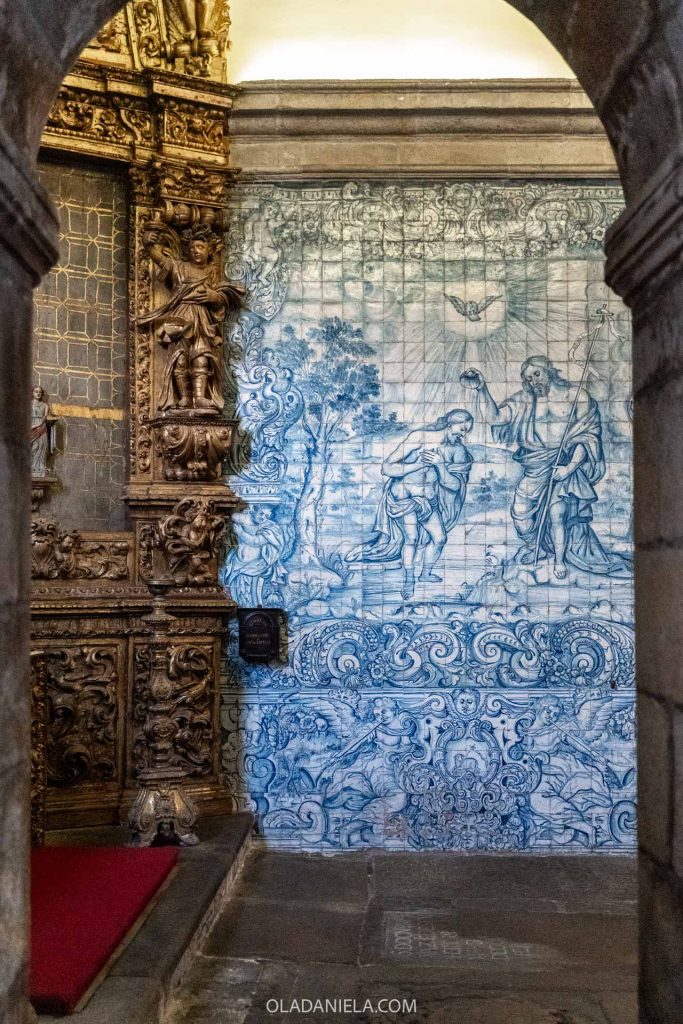
Across the square sits another huge church, the Igreja da Misericórdia. First built in the 16th century, an 18th-century renovation has given it a more Rococo and Neoclassical style, including some shiny gilded interiors – though I found it fairly restrained and minimalist within. There’s a little paid museum as part of this church too.
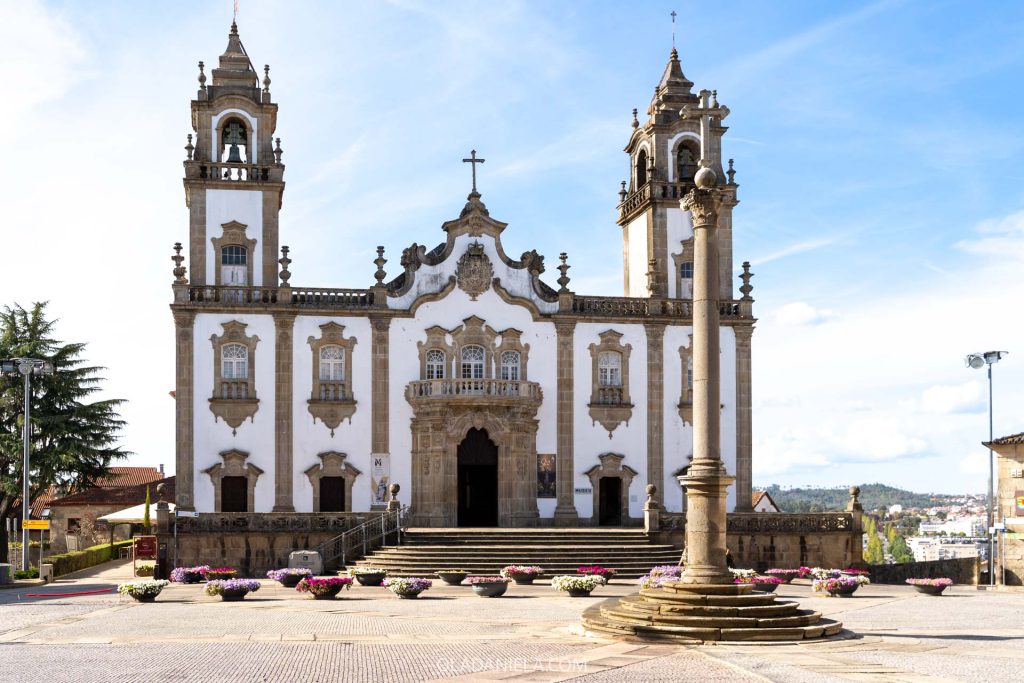
If you’re going to spend time exploring a museum, the Museu Nacional Grão Vasco is one of the most important in the country. What’s the drawcard? A number of ginormous paintings by 16th-century Portuguese painter Vasco Fernandes, better known as Grão Vasco, who was born in Viseu. The museum was founded in 1916, and within you’ll also find religious paintings, 19th-century oil landscapes and portraits, archeological finds, porcelain, sculptures and temporary exhibits.
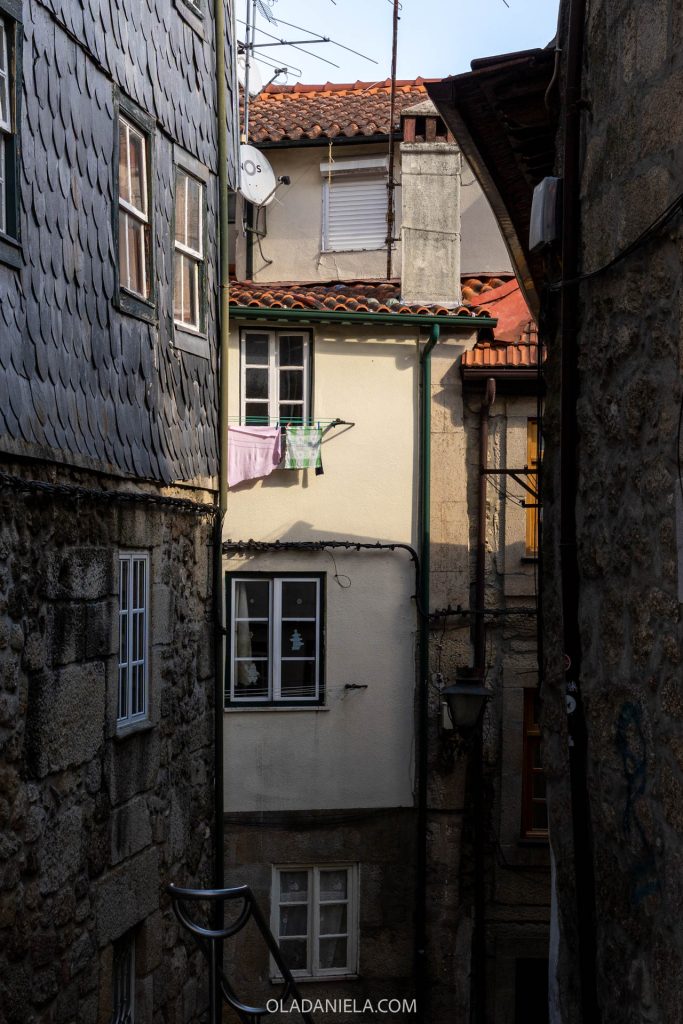
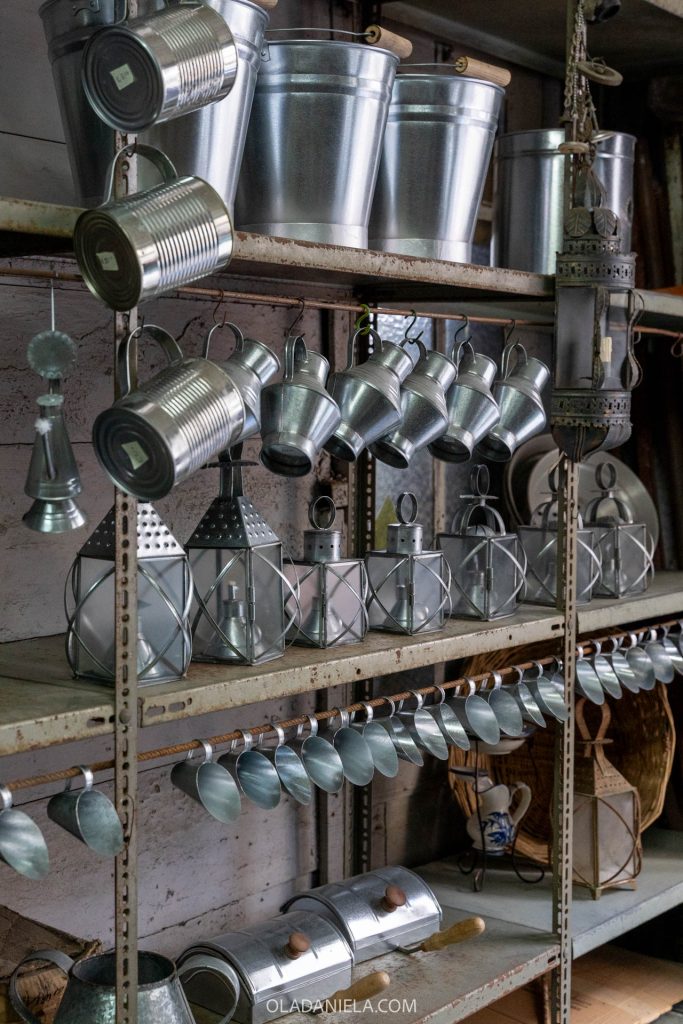
Tip: Just behind the cathedral, dwarfed by the imposing walls, is A Latoaria – the artisan workshop of the last tinsmith of Viseu. Now in his 90s, Senhor António Carvalho has been working for more than 65 years, shaping metal into funnels, pitchers, watering cans, oil cans and his signature – oil lamps. Well worth a look! Bring cash.
Read next… Portuguese artisans: 11 traditional crafts from the Alentejo
Lunch – Restaurante Porta
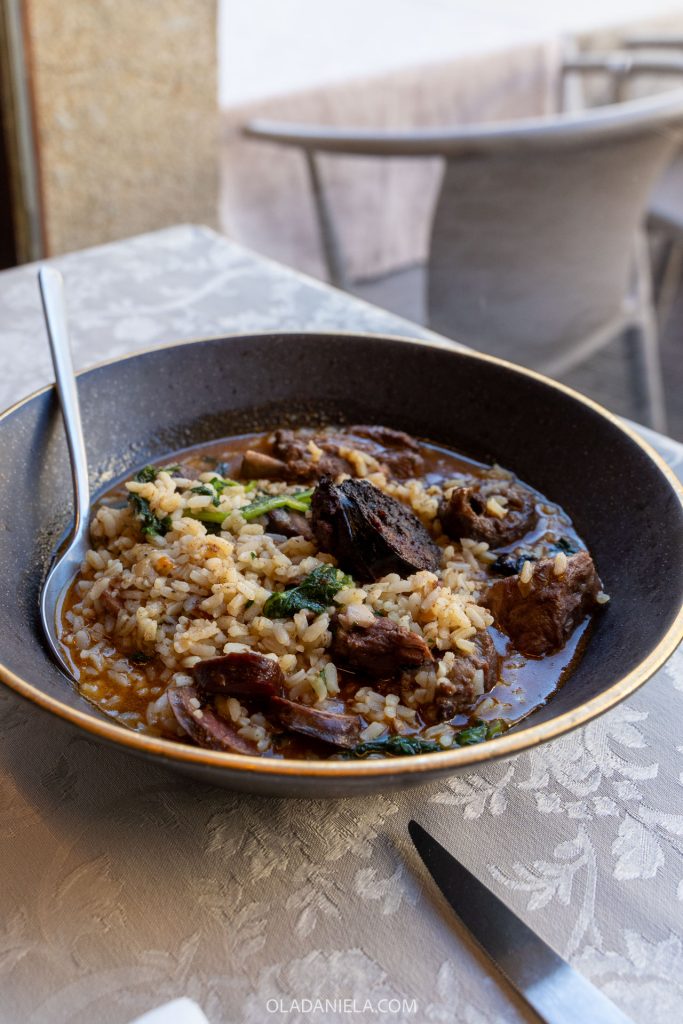
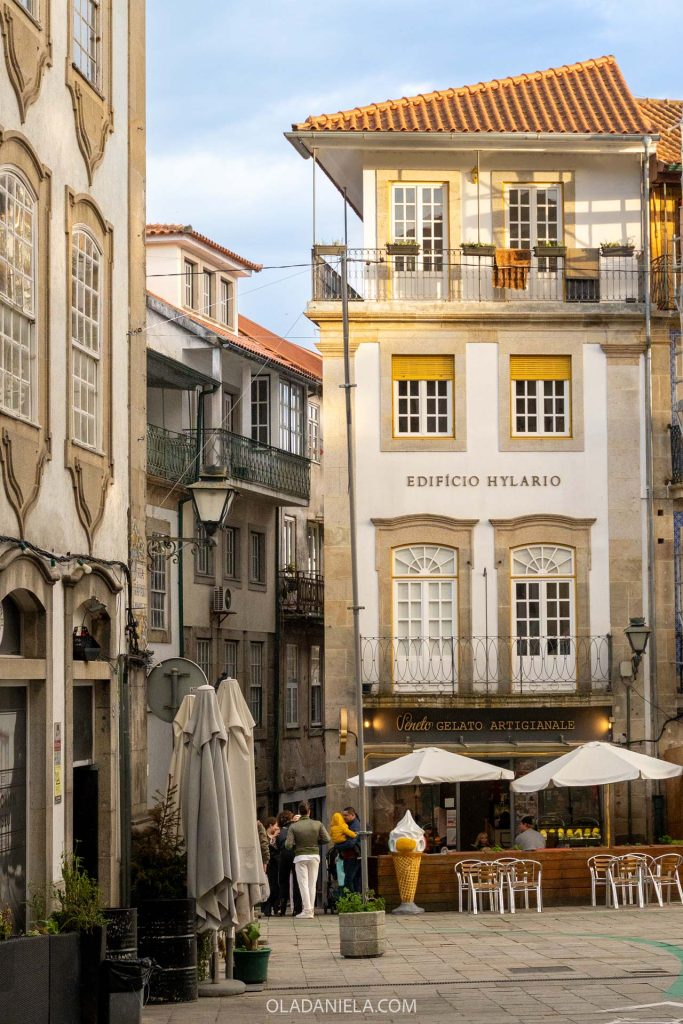
Whenever I travel across Portugal, I always look for restaurants with local provenance, and so, this led me to Restaurante Porta. I was suspicious of the ace location, right next to the cathedral with a huge terrace overlooking Praça de Dom Duarte. But this is Viseu, not Paris. Porta is a chic, slightly upmarket spot offering well-executed regional and Portuguese dishes. I went for the arroz de carqueja, a local Beira dish I’d never seen before. Carqueja is a dried herb that translates to gorse or broom in English. It was a super hearty, meaty rice, studded with bitter greens and local smoked sausages. I’d suggest calling ahead for a reservation if you can!
For somewhere more cheap-and-cheerful with a lunch menu, across the square, try Toca d’avo, or wander further to Taberna Dona Maria.
Read next… 10 perfect days in Portugal: A fast-paced classic itinerary
Afternoon – explore historic streets and shops
After lunch, continue exploring the old town of Viseu – where you’ll find a labyrinth of cobbled lanes and staircases to wander, little squares to discover and a pretty park to rest in. Here are some things to aim for (I’ve pinned them on a Google map below too).
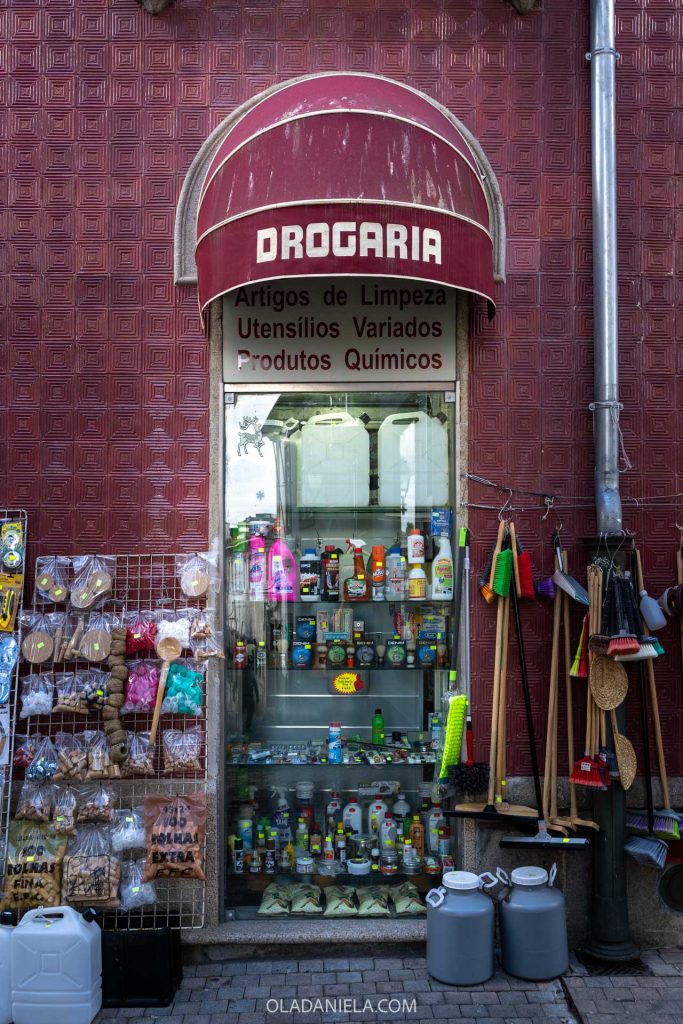

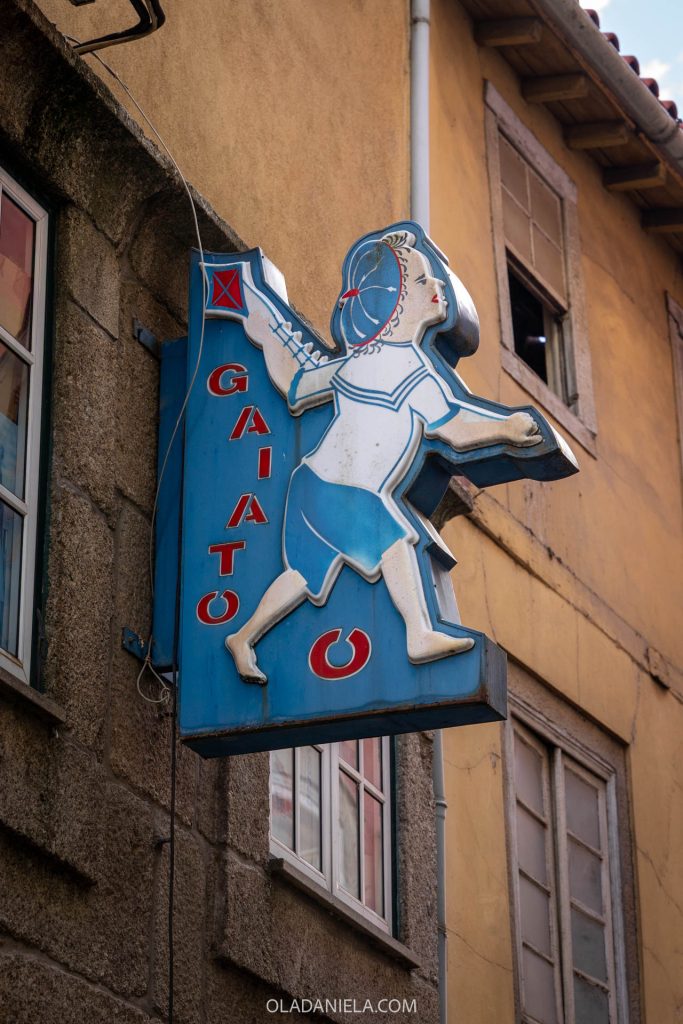
- There are still two portals that were once part of the Viseu city wall – Porta dos Cavaleiros and Porta do Soar. Right next to the latter is a cute café called Simplesmente Bolo, which is super sweet for a coffee and cake stop.
- Walk down Rua Direta to see a handful of Manueline windows amid traditional commerce – to show off their success, merchant families added a fancy window to their house when they had the means.
- For more local shops, wander down Rua Dr. Luíz Ferreira to the crossroad with Rua Vitória.
- As you get lost, look for cool murals about town – the result of a street art festival.
- Pass through the beautiful Praça da República, where you can say hi to the town hall and admire a tile mural.
- Step into the Igreja da Ordem Terceira de São Francisco de Viseu to admire the ornate interiors and tiles, then chill out at Aquilino Ribeiro Park. It’s a snapshot of local life with old men playing cards, students studying at wooden picnic tables, and kids enjoying ice cream at the central kiosk and playground.
- Or venture the other way and pause at the small-but-pretty Jardim das Mães, then pop into the free Almeria Moreia museum if it takes your fancy.
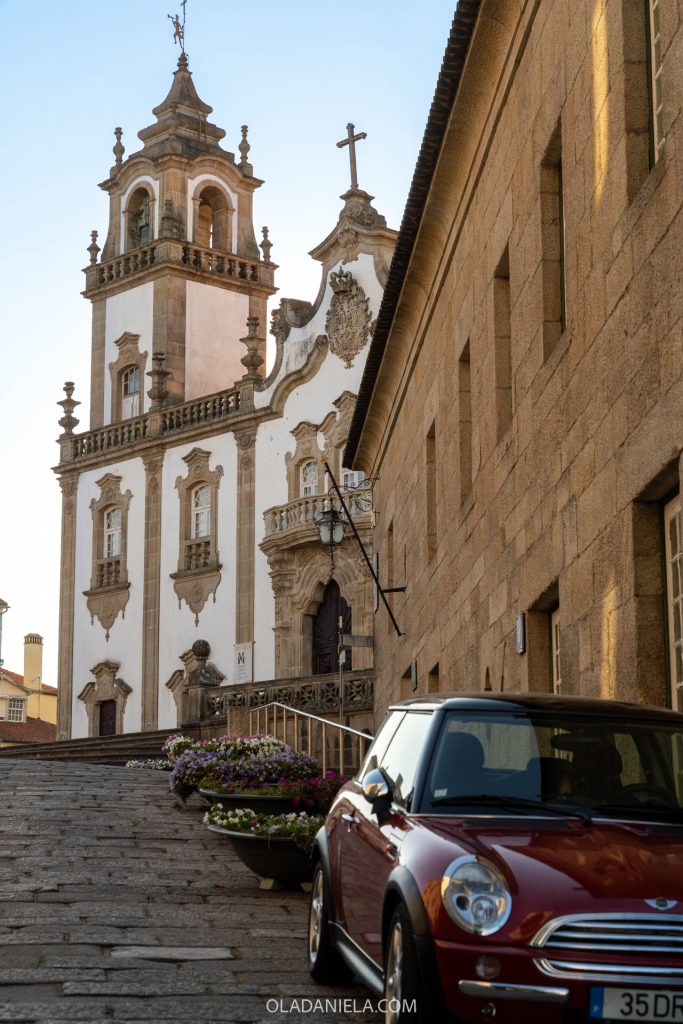
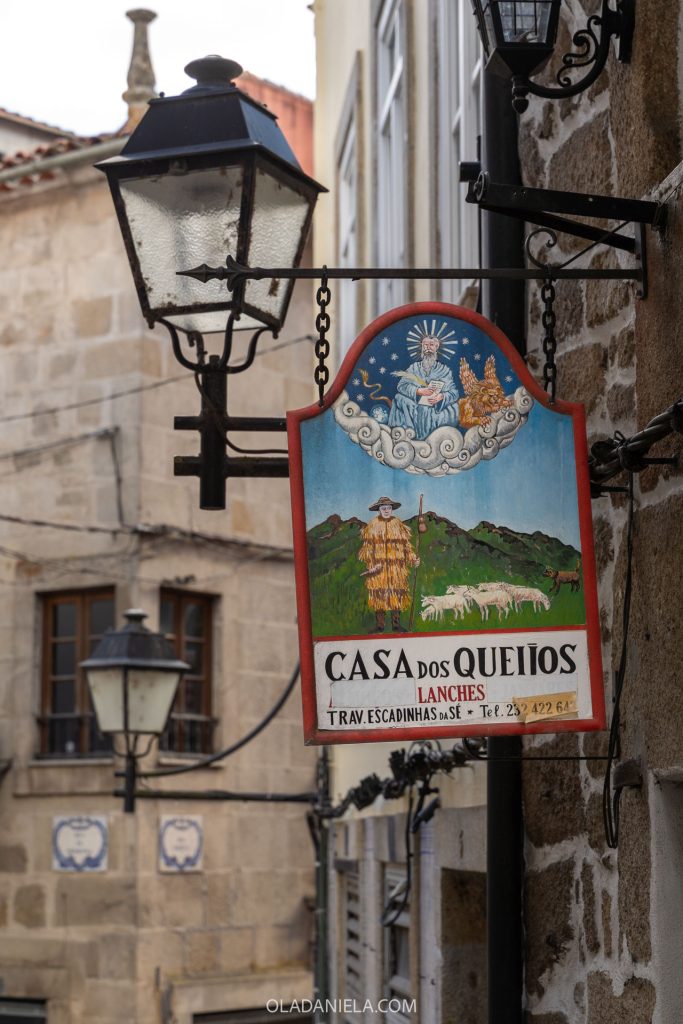
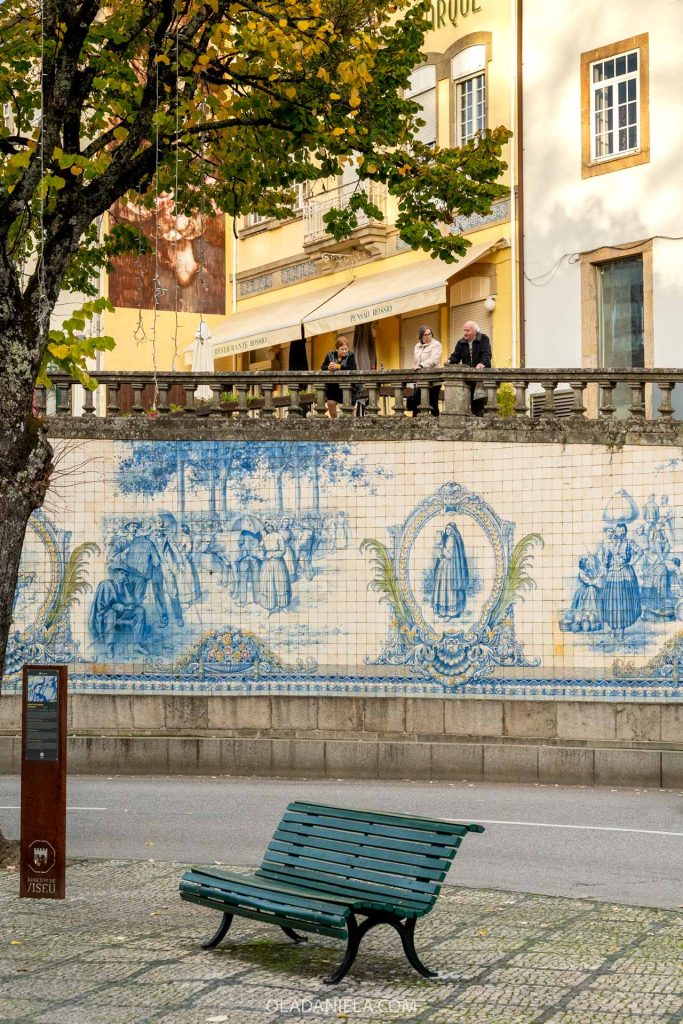

Evening – di Vino Dão or Mesa d’Alegria
I’ll recommend two great family-run venues in Viseu for an evening drink and a spread of petiscos (Portugal’s answer to tapas). The first, di Vino Dão, is a great wine bar with a focus on wines from the local Dão region (one of my favourites). A mother-daughter duo opened the gorgeous space in February 2025, where you can pair wines with grazing boards of local cheese and charcuterie, or little snacks. I went for the chanfana croquettes – basically traditional Portuguese croquettes, but stuffed with shredded goat meat – a fun twist between two very Portuguese dishes. The wine bar is open for lunch with great deals, and you can organise a wine tasting too.
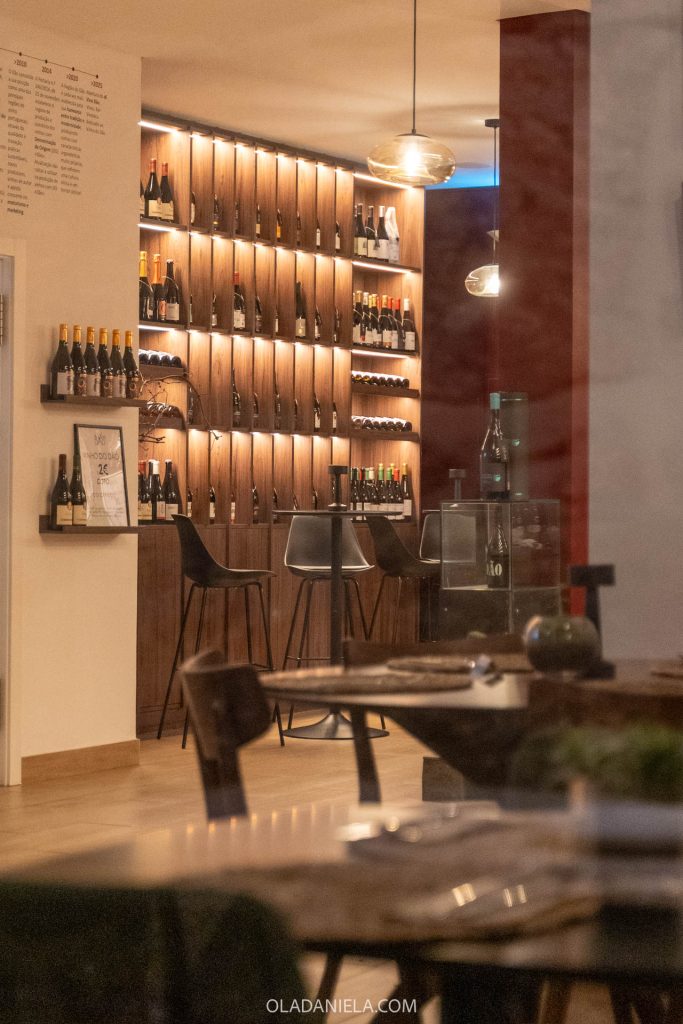
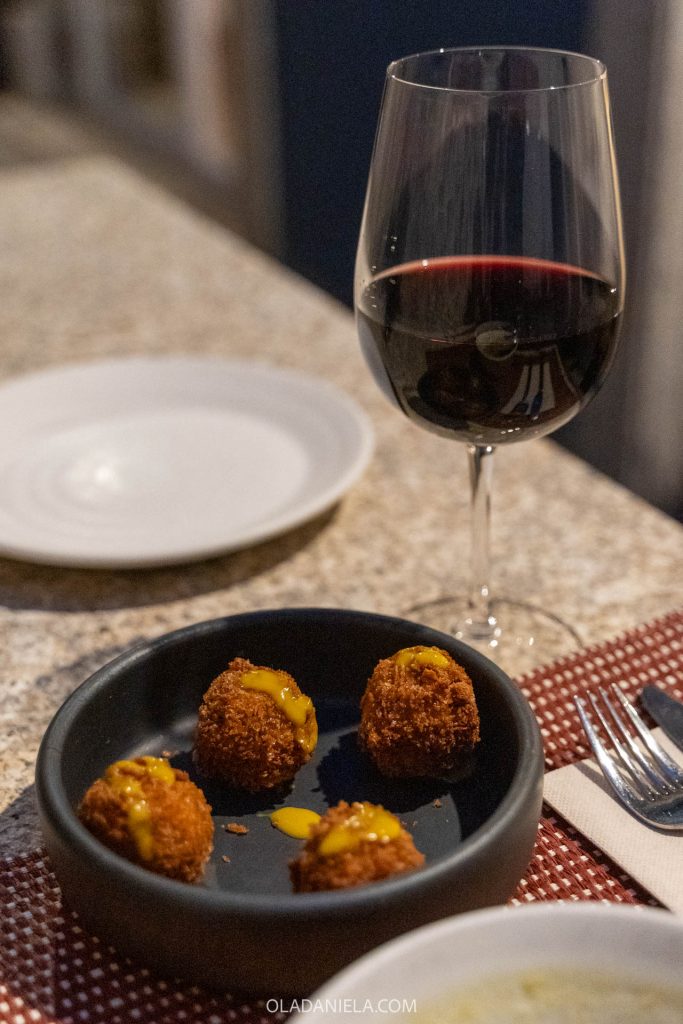
The other is Mesa d’Alegria, a quirky petiscos restaurant with great food and great prices. Even if you’re dining solo (or with one other person), you can try a handful of traditional dishes, giving you a wider taste of Portuguese gastronomy. I had the salada de bacalhau (chickpea and codfish salad), favas com entrecosto (broad beans with ribs and smoked sausages), and the signature petisco of alheira sausage on corn bread and prosciutto. Really good.
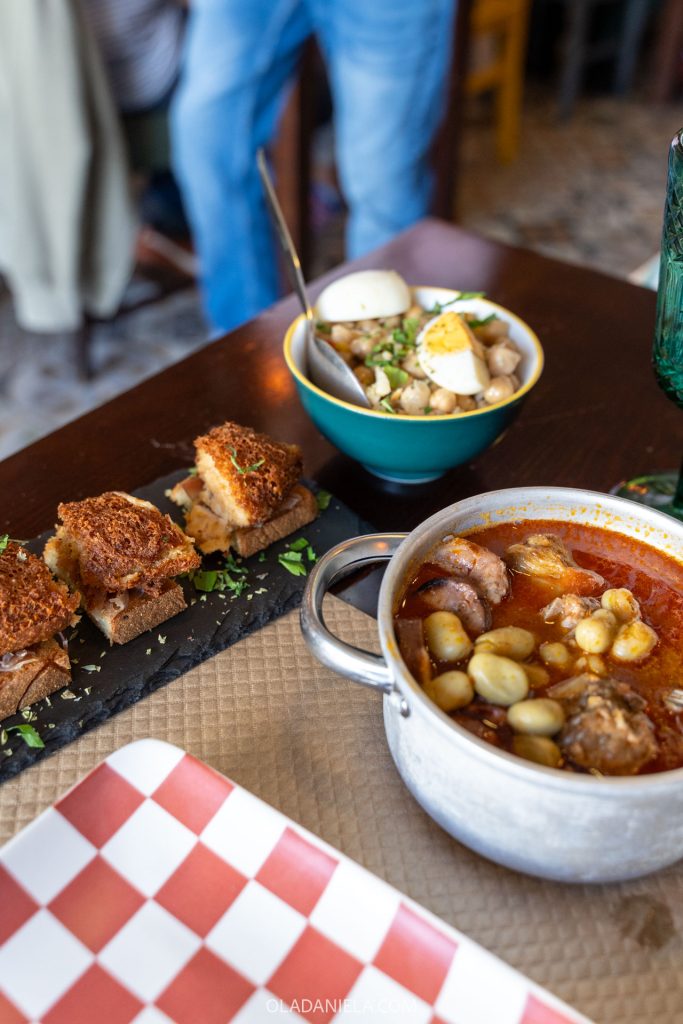
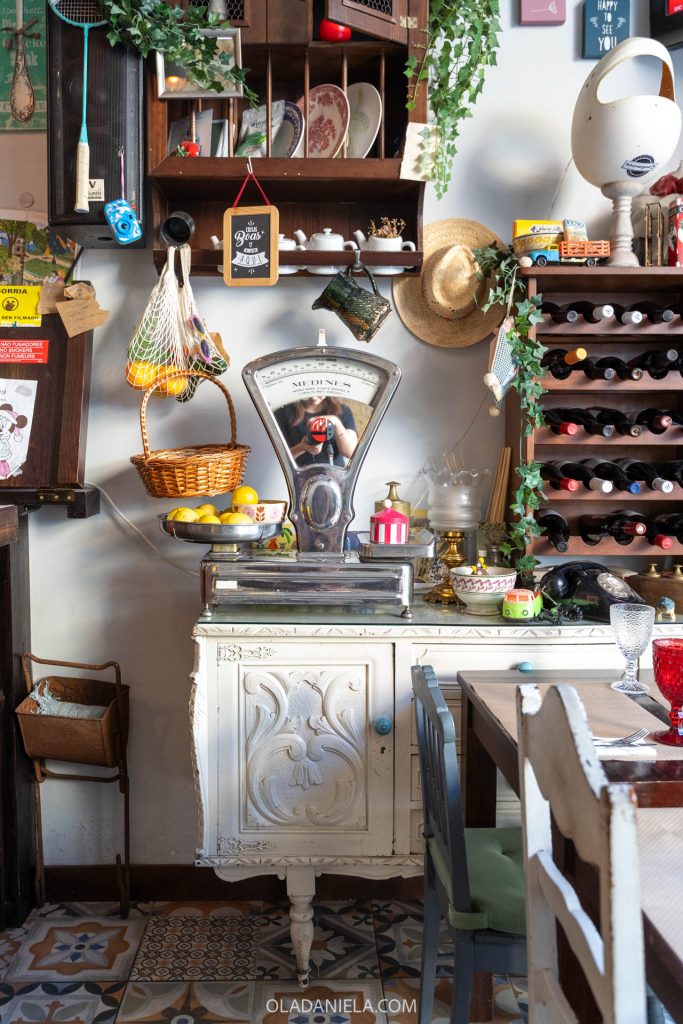
Read next… 36 hours in Coimbra
Sleep – Celtic Lodge
I stayed at a beautifully renovated guesthouse called Celtic Lodge, which offers a few quirky perks. I booked the smallest room, which was petite but ideal for one night. What I didn’t expect to find was cans of Guinness in the minibar. That said, fortunately, Celtic Lodge isn’t what the title conjures to mind. The super-comfortable bed was dressed in luxe linens with many pillows; the water pressure in the shower (with a rainhead) was excellent; and each room had a coffee machine. There’s a communal kitchen and backyard, so it’s easy to make a cup of tea or prepare food for yourself too. But the big perk is that this stunning space is somehow connected to the town’s Irish Bar. You get a voucher to go and enjoy welcome cocktails on the house.
The location is on a super quiet, steep street very close to the cathedral. The hill wasn’t a problem, as I actually never walked up the street from the bottom. The guesthouse sits at the top, and from there you’re a stone’s throw to the old town squares and all the fun.
Other guesthouses and hotels worth looking at in Viseu:
- Avenida Boutique Hotel – recently renovated historic hotel
- Montebelo Palácio dos Melos – 4-star historic hotel

Map of Viseu
More great things to do in and around Viseu
There’s more to see and do in Viseu. Let’s take a look….
Explore more museums in Viseu
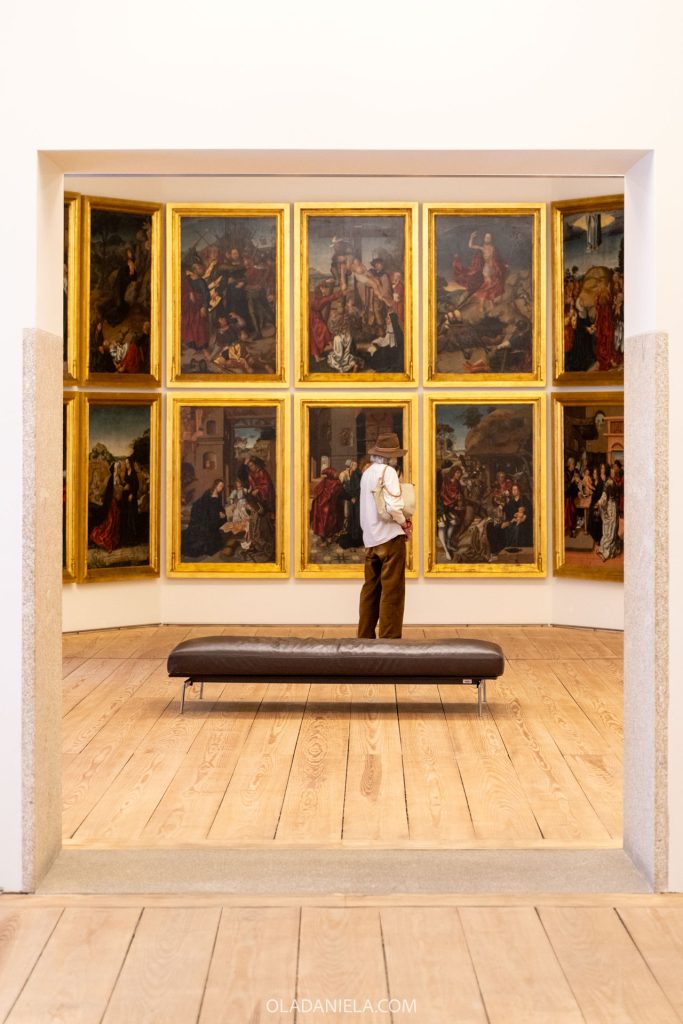

Viseu has so many small museums. I popped into a handful while in town.
- Museu Nacional Grão Vasco – I mentioned this above. Lots of national treasures and super historic artworks, if that’s your vibe. It’s a national museum – making it free for Portuguese residents and €10 for visitors.
- Almeida Moreira Museum – I potentially preferred this small, free museum set in the home of Viseu’s 20th-century cultural pioneer. He was the founder and director of the Grão Vasco Museum and bequeathed his home and collections to the city. The room upstairs with the fireplace is my favourite! It only takes 30-45 minutes to explore. Explanations are in Portuguese (but it’s mostly visual).
- City History Museum – Set in an old stone building, this modern museum walks through 2,500 years of Viseu’s history. It has two small floors, each with a paragraph or two covering periods from the Visigoths to the Romans to today. Give it 30-45 minutes. Explanations in both Portuguese and English.
- Casa da Ribeira – This small museum and cultural centre focuses on artisans and the memories of locals. When I visited, two rooms were open – one had a cute exhibition with really fun and contemporary embroidered works, while upstairs held a bigger exhibition covering Portuguese ceramics, with some history about the big factories of the late 19th and 20th centuries. Free to enter.
- Keil do Amaral Museum – Enter the 17th-century Casa da Calçada and explore the legacy of six generations of the talented Keil do Amaral family. One of them wrote the Portuguese national anthem, “A Portuguesa”, while others were painters and composers.
- Sacred Art Museum of Viseu Cathedral – Find this one within the cathedral; enter for a small fee.
- Quartz Museum – Outside the city centre lies the only quartz museum in the world, dreamed up by Portuguese geologist Galopim de Carvalho.
- Quinta da Cruz – Centre for Contemporary Art – also outside the city centre, this 10 ha property is where art and nature converge.
Party at the annual Feira de São Mateus
Every village, town and city in Portugal has its annual fair – but Viseu hosts one of the biggest. The Feira de São Mateus runs from early August until mid-September, turning the city into a fairground with concerts, markets, entertainment, culture and more. A feira is the best way to experience 21st-century Portuguese culture.
Visit a winery or cheese producer nearby
Just outside Viseu, the Dão wine region stretches across granite hills and pine forests. It’s one of Portugal’s oldest demarcated wine areas, where the altitude gives Dão wines a freshness and structure. The other treasure from this terroir is Queijo da Serra da Estrela, a protected designation-of-origin (DOP) cheese made from raw sheep’s milk and thistle rennet. It’s Portugal’s signature cheese – big wheels that are soft and gooey inside. A handful of small cheesemakers remain near Viseu – such as Queijaria Vale da Estrela or Queijaria Povolide – where you can taste it for yourself.
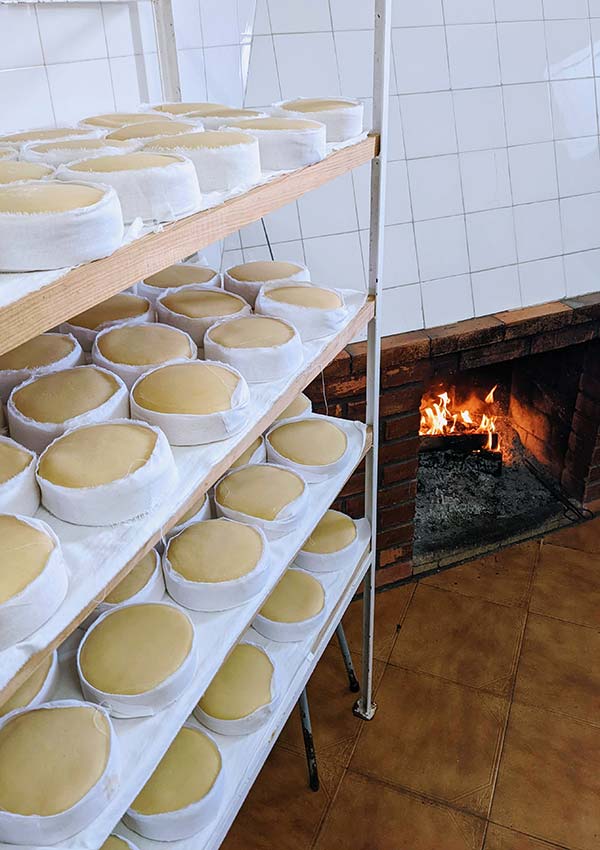
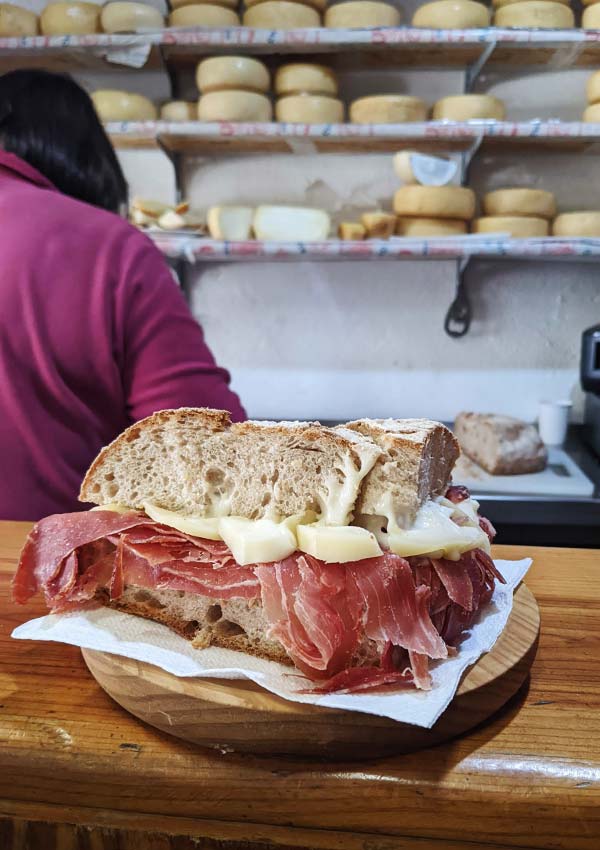
Explore the Palácio dos Condes de Anadia or stay at the beautiful Parador Casa da Ínsua
Just south of Viseu, the town of Mangualde has a spectacular tile-filled palace that has long been on my bucket list to visit. Palácio dos Condes de Anadia is a beautiful building, said to be one of the best 17th-century manors in Portugal, and it’s open for visits.
A little further away, I have my eyes on the Parador Casa da Ínsua, which is now a gorgeous 5-star hotel. You can stay the night, waking up like royalty, or organise a visit to Quinta da Ínsua to taste wines made on the property, which is part of the Dão wine route.
Read next… Portugal Road Trip: Where to stop between Lisbon and the Douro Valley
Where to eat in Viseu
In this guide, I already mentioned:
- Rustica – a sourdough bakery for grab-and-go baked goods
- Restaurante Porta – for a chic lunch or dinner with regional dishes
- Simplesmente Bolo – top spot for coffee and homemade cakes
- di Vino Dão – a wine bar specialising in Dão wines
- Mesa d’Alegria – a petiscos restaurant with a wide range of Portuguese dishes
But I always do a lot of research, so to that list I’d add:
- O Cortiço – a very traditional, hearty and rustic restaurant. I would have eaten here if I weren’t solo – portions are designed for at least two.
- Flora – modern Portuguese spot with tasting menus that’s caught the eye of Michelin judges. I really, really want to eat here, but it’s only open Wed-Sat nights. Next time…
- +55 Restaurante – a restaurant with comforting Brazilian food
- Palace Viseu – a chic spot with modern takes on Portuguese food
- 100 Papas na língua – a top spot in Viseu for steak
- Zé do Pernil – a cheap-and-cheerful spot for pork leg sandwiches.
- Tachinho da Avó – a traditional, no-frills tasca in the old town
- DeRaiz, Restaurante Santa Luzia, and A Púcara – three highly acclaimed restaurants about a 10-minute drive from town
- Restaurante Clube Caçadores – a restaurant with 30+ years of history, specialising in game dishes
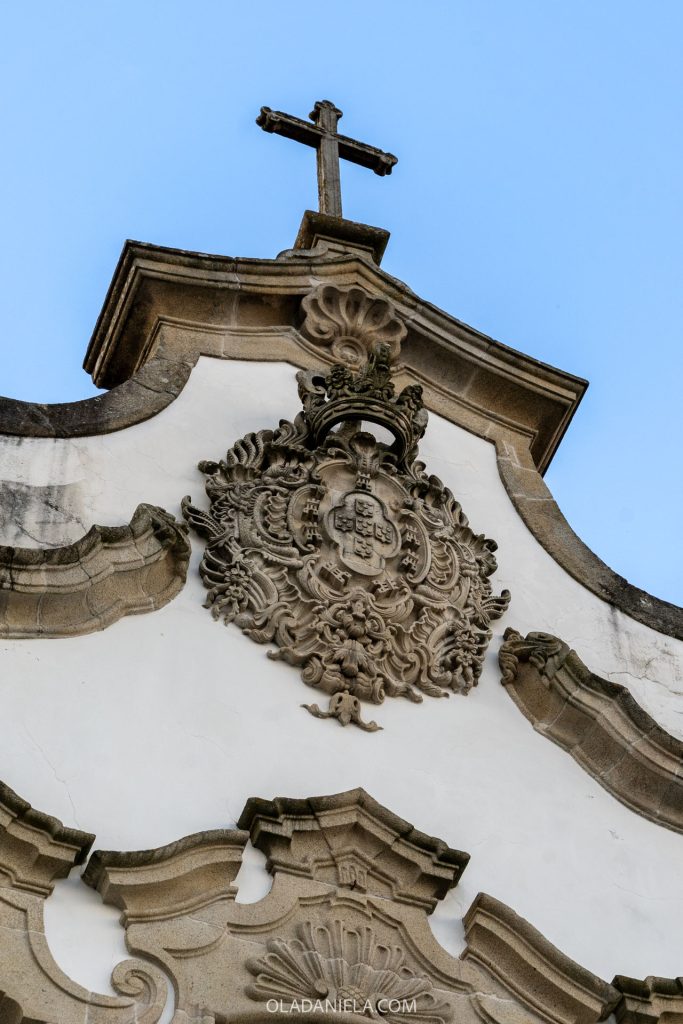

How to get to Viseu
Viseu doesn’t have a train station – but it’s still easy enough to reach. The closest major cities are Porto (about 130 km away) and Coimbra (around 90 km), both well-connected by bus and car. From Lisbon, it’s roughly a 3.5-hour drive north via the A1 and A25 motorways.
If you’re travelling by bus, Rede Expressos and FlixBus run frequent direct routes from Lisbon, Porto and Coimbra to Viseu’s glistening central bus station, which is about a 10–15 minute walk from the old town. Tickets usually cost between €5-20, depending on where you’re coming from.
If you prefer more flexibility, renting a car is the best option – it’ll let you explore the Dão wine region, the Serra da Estrela mountains and nearby villages at your own pace. Roads are in great condition, and parking in Viseu is generally easy and inexpensive.

FAQs about visiting Viseu
Is Viseu worth visiting?
Absolutely. Viseu is one of Portugal’s most underrated little cities. It’s super walkable, full of history and refreshingly local. It’s a great base for exploring the Dão wine region and the nearby Serra da Estrela mountains.
How many days do you need in Viseu?
You can see the main sights in a full day, but one or two nights will allow you to enjoy the city at a slower pace, where you can make yourself at home.
What is Viseu known for?
Viseu is known for its old historic centre, impressive cathedral and connection to the Dão wine region. It’s also the hometown of painter Grão Vasco and close to the production area of Portugal’s famous Queijo da Serra da Estrela cheese.
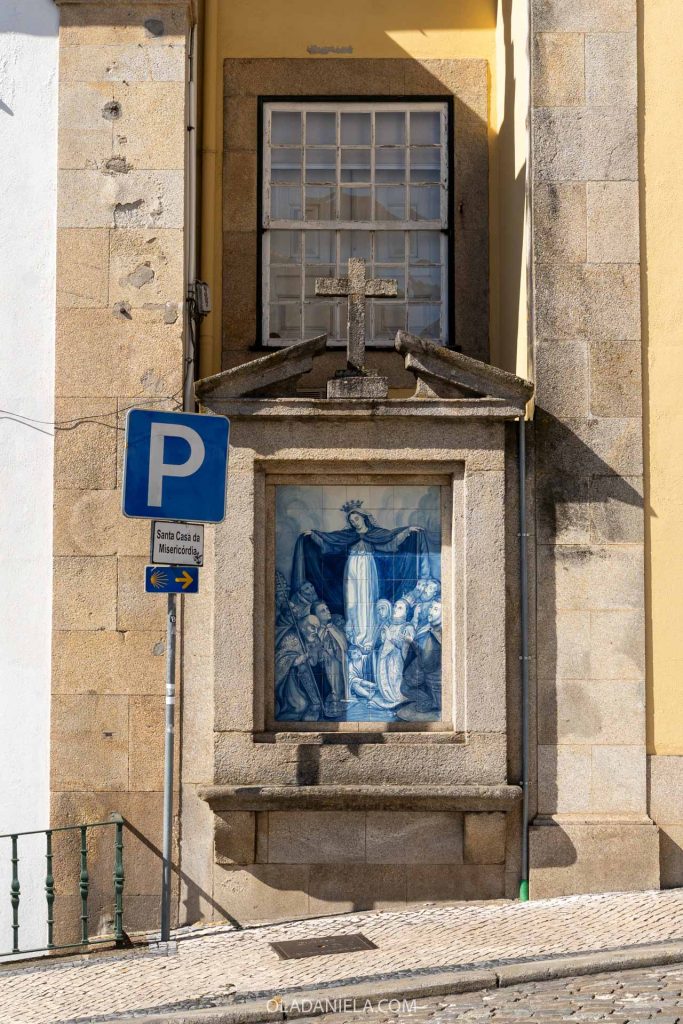
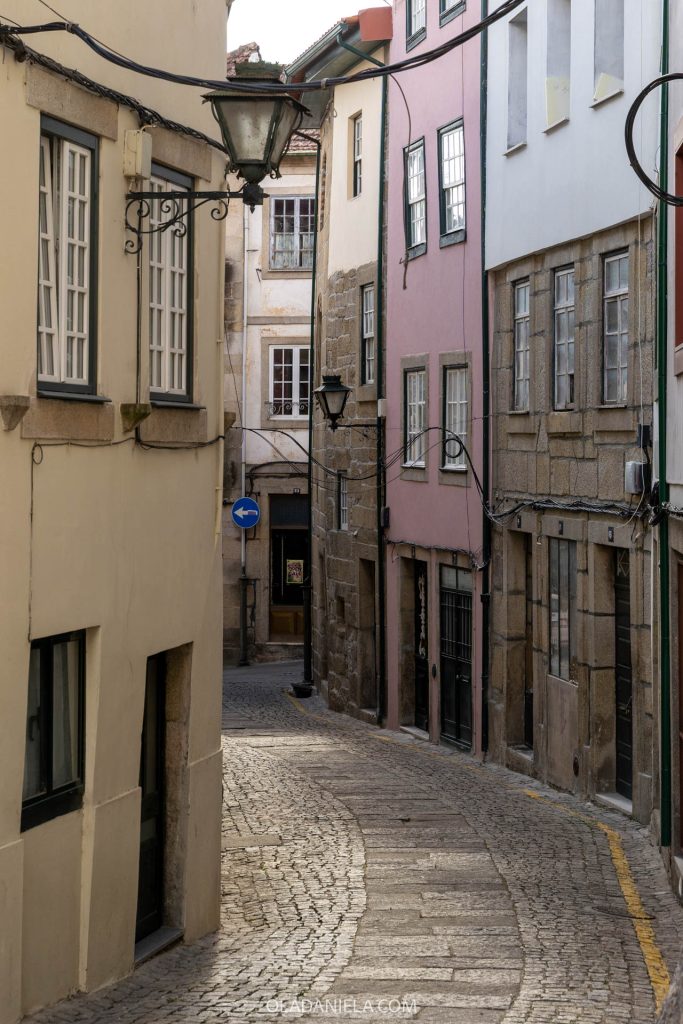
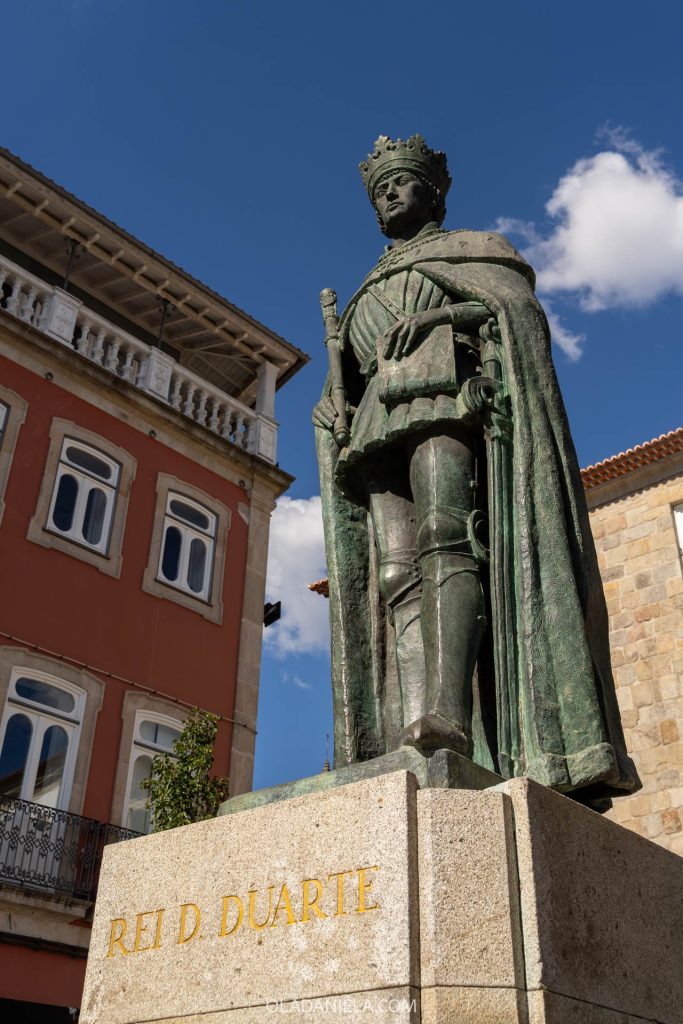
Does Viseu have a train station?
No – trains don’t reach Viseu. The easiest way to get there is by bus or car from Porto, Coimbra or Lisbon. I took the RedeExpresso from Lisbon and it was safe, comfortable and fast with just one stop along the way.
When is the best time to visit Viseu?
Spring (April–June) and early autumn (September–October) are both great times of year! I recently visited in October, and there was a contest between stores for the best themed window – very cute. If you visit in August or early September, you’ll catch the city’s huge Feira de São Mateus festival as well.
That’s my guide to the best of Viseu, based on a couple of visits to the pretty inland city. Anywhere I missed? Leave me a comment…
Keep reading….
- Step inside Capela de São Miguel in Coimbra
- Guide to Tomar: Portugal’s city of Templar legends
- 10 perfect days in Portugal: A fast-paced classic itinerary
- 16 best day trips from Lisbon
- Lisbon’s best restaurants: 41 great places to eat
- My favourite tascas in Lisbon: Where to eat traditional Portuguese food
- Local’s guide to the LX Factory, Lisbon’s creative micro neighbourhood
- Best places to eat octopus in Lisbon
- Best boat tours in Lisbon





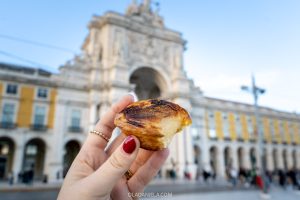
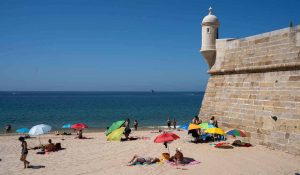
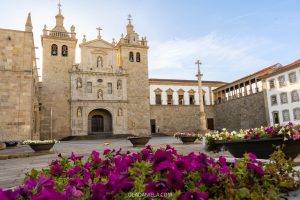
2 Responses
Viseu is also at one end of the Ecopista do Dão — a paved cyclepath that follows the route of the former rail line. After the first 17 km, which are moderate, the rest of the 40 km route is downhill, through forests and along the river. An outfitter at Santa Comba do Dão can rent and deliver bikes, and bring you back to Viseu at day’s end. It makes for a great outing.
Obrigada Melissa! That experience sounds brilliant – I will definitely look into this. Thanks for sharing the details!